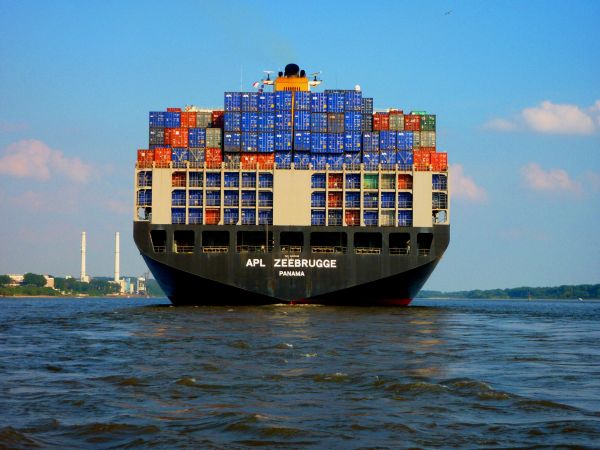Shipping Scuba Diving Equipment from Guangzhou/Shenzhen to Hamilton Port, Bermuda
Shipping Options: FCL and LCL
1. Full Container Load (FCL) Shipping: FCL shipping is an efficient and cost-effective solution for larger volumes of goods. A 20FT or 40FT container is used to transport scuba diving equipment from Guangzhou/Shenzhen to Hamilton Port, Bermuda. The transportation is handled under the CIF (Cost, Insurance, and Freight) Incoterm, which means the seller is responsible for all costs and risks until the goods reach the port of destination, including the cost of the container, sea freight, and insurance.
For FCL shipping, a full container ensures that all goods are securely packed and isolated from other shipments, reducing the risk of damage during transit.
2. Less-than-Container Load (LCL) Shipping: If the volume of scuba diving equipment is smaller, LCL shipping can be a better option. This method involves sharing a container with other shippers. LCL shipping is a more economical choice for smaller shipments, but it requires careful handling and coordination to ensure that the items are packed securely to avoid damage during the journey.
LCL shipments typically take around 48 days to reach Hamilton Port from Guangzhou or Shenzhen, depending on the specific sea route and port handling times. This transit time is an estimate and may vary due to factors like weather or port congestion.

Packaging Scuba Diving Equipment for Shipping
Proper packaging is crucial to ensure the safety of the scuba diving equipment during the long journey. Here are key steps for packaging scuba gear:
1. Protective Wrapping: Each item should be wrapped individually in bubble wrap or foam padding to provide cushioning and protect delicate components like regulators, masks, and dive computers. For added protection, waterproof plastic bags can be used to guard against moisture during transport.
2. Use of Strong Boxes or Crates: Once each item is wrapped, it should be placed in sturdy cardboard boxes or wooden crates, depending on the fragility and weight of the items. The boxes should be appropriately labeled with “Fragile” and “This Side Up” stickers to alert handlers of sensitive contents.
3. Securing the Equipment: For FCL shipments, the items are packed tightly into the container. For LCL shipments, it is crucial to make sure that the cargo is well-secured within the shared container. Shrink-wrapping or strapping the boxes together will help prevent shifting during the sea voyage.
4. Additional Considerations:
- Labeling: Ensure that each package is clearly labeled with the destination address, contact information, and a detailed list of contents.
- Customs Documentation: For international shipments to Bermuda, proper documentation, such as commercial invoices, packing lists, and certificates of origin, must be prepared for customs clearance.

Sea Freight Journey
The sea freight journey from Guangzhou or Shenzhen to Hamilton Port in Bermuda typically takes 48 days. The route involves crossing the Pacific Ocean, transiting through key shipping hubs, and then navigating the Caribbean Sea before reaching Bermuda.
For both FCL and LCL shipments, your goods will undergo a series of inspections at the port of entry. Customs clearance will be handled according to the CIF shipping terms, and you may need to pay import duties and taxes once the goods arrive at Hamilton Port.



